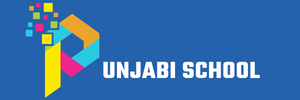Early Stage 1 (Kindergarten)
At Khalsa Punjabi School we encourage our young learners to learn Punjabi by listening and speaking short words and sentences. This approach is evidence and research-based. It has been shown that students with or without a background in Punjabi can learn more effectively if they are are motivated and engaged with listening and speaking the language.
Kindergarten teaching and learning program – Units of work linked to NESA K-10 Punjabi language syllabus outcomes. Assessment tasks can be modified and differentiated to suit the needs to a student or groups of students based on their ability.
TERM 1
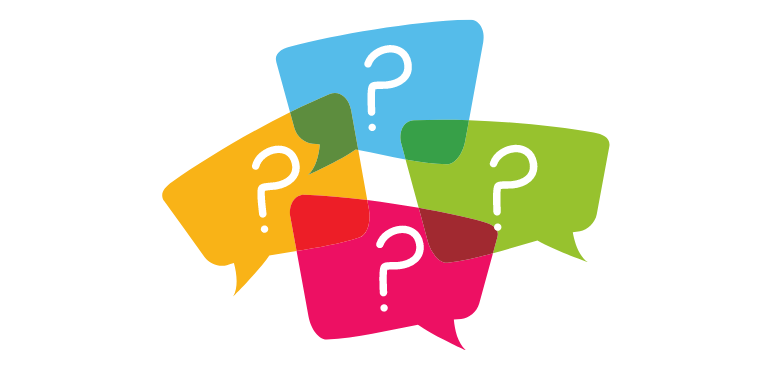
1. Who am I?
Students use fun activities to tell others and talk about who they are and they also meet their classmates and the teacher. They listen to others introducing themselves and make a poster about themselves.
Teaching and learning resources:
- Lesson materials including video, audio and class activities
- ‘Who am I’- student slip template
- ‘Who am I’- student poster making template
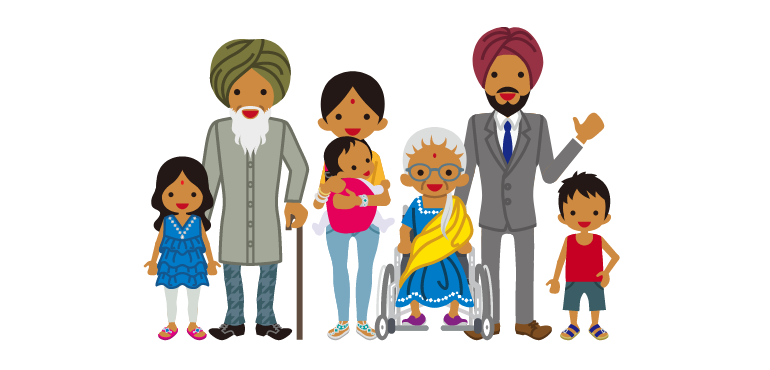
2. My family
Students learn relationships and their specific names in Punjabi. They watch videos and play games to build their knowledge. Students display their learning by making a family tree and participate in a show and tell to talk about their family.
Teaching and learning resources:
- Lesson materials– Lesson 1, Lesson 2 and Lesson 3
- Family tree activity
- Who am I – Story
- Today I am – Story
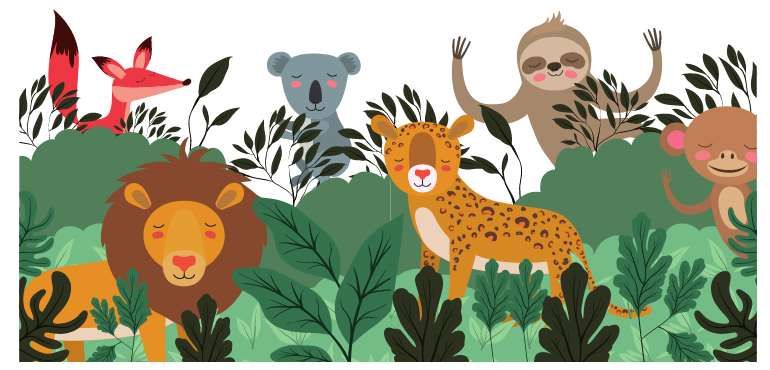
3. Showtime
Students listen to stories about animals. They play games to learn names of animals in Punjabi. Students work in groups and create animal puppets with paddle-pop sticks and use them to tell their own stories. Students listen to each group’s stories and vote to select the best ones.
Teaching and learning resources:
Lesson materials including animal puppet templates, stories and game.
TERM 2
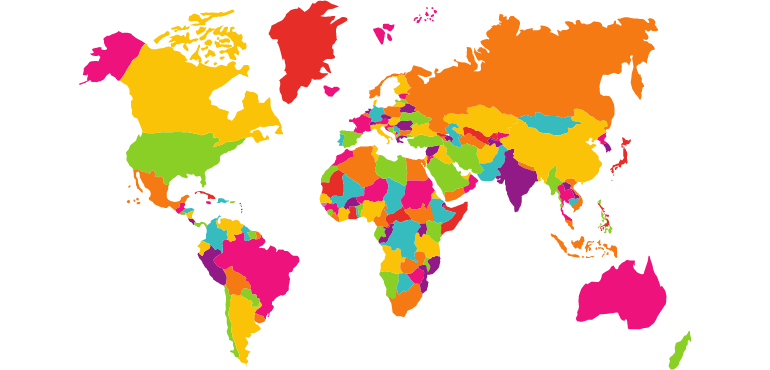
4. Around the world
Students use maps to learn about countries/regions around the world with Punjabi speaking populations. They research and discuss the flags, culture and food of these countries/regions using story/video/images. They engage in various group activities and use games to find more facts about their chosen countries. At the end of the unit, groups present their maps to the class and talk about the countries on their map.
Teaching and learning resources:
- Lesson materials including a bilingual story, video and map activities
- Video- making vegemite toast
- Video- making banana bread
- Board game
- Punjabi travel story
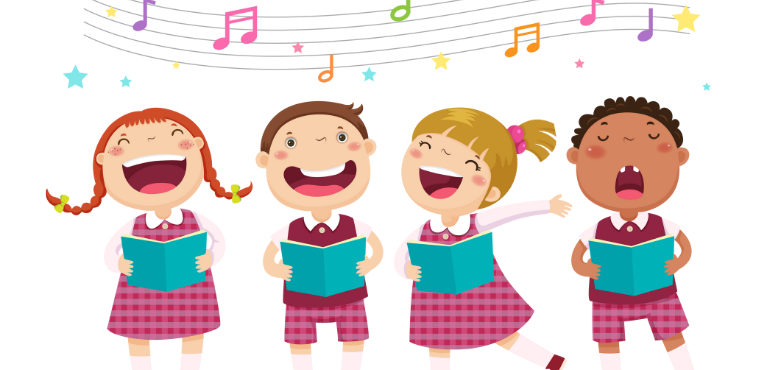
5. Let’s sing a song
Students listen to poems based on their language ability. They pick a few poems and learn them by saying them loud and try to make a song from them. They play games such as hide and seek while singing traditional Punjabi song.
Teaching and learning resources:
- Lesson materials including poems and games
- Poems for little kids by Khalsa Punjabi School teachers and students
- Beebe Ranne- baal geet by Amarpreet S Jheeta
- Kakka Balli- baal geet Amarpreet S Jheeta
- Pankheroo– baal geet by Amarpreet S Jheeta
- Pani vich patase- Sikh Book Club by Jaswant S Neki
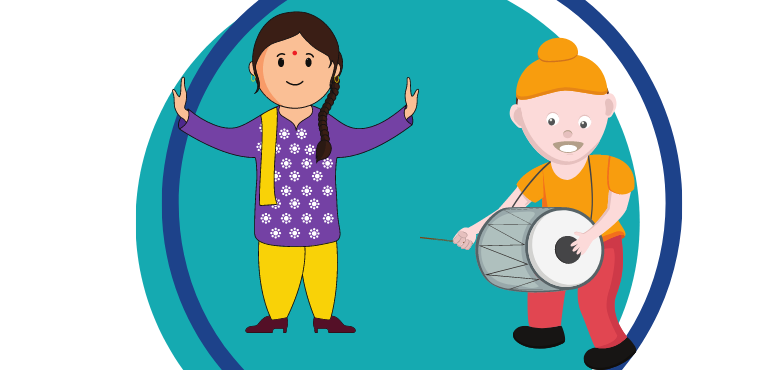
6. Let’s dance
Students watch vidoes and learn the stepd of giddha and bhangra- the folk dances of Punjab. They talk about why people dance and its cultural significance.
Teaching and learning resources:
Lesson materials including videos of Punjabi folk dances
TERM 3
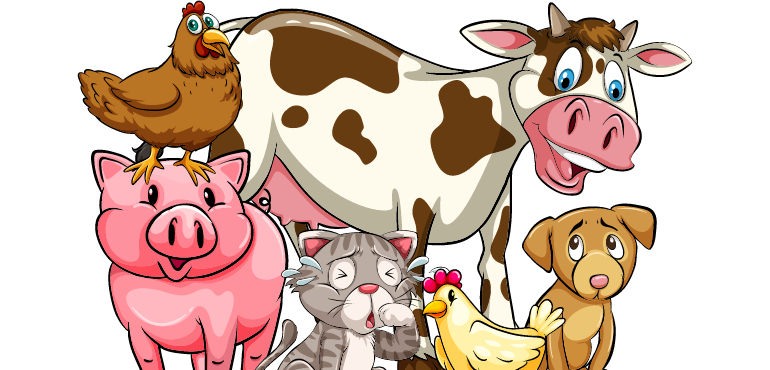
7. My favourite animal
Students talk about their favourite animal and they engage in play-based activities to improve their knowledge about animals and habitats. This topic is based on an excursion to a zoo and post-excursion activities will encourage students to talk about environmental protection. Students also listen to stories about animals and human interaction with them.
Teaching and learning resources:
- Lesson materials 1 including videos, story and games
- Lesson materials 2 including video, story and classroom discussion resources
- Story- Three friends
- Story- See you tomorrow
- Animals matching activity cards
- Habitats matching activity cards
- Card activity answers
- My favourite animal activity
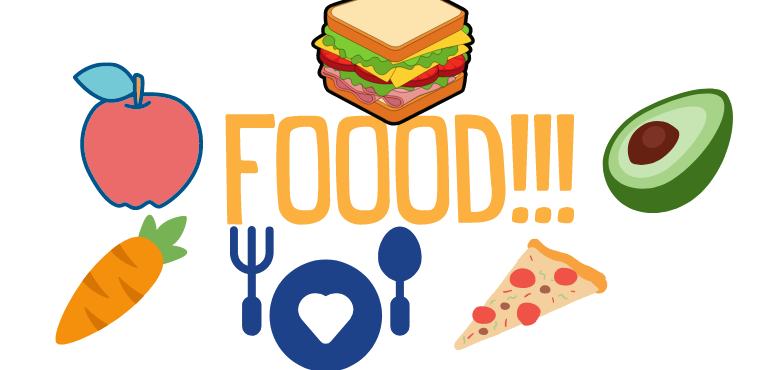
8. My favourite food
Students talk about foods that they like and why. They watch videos, listen to a story and engage in hands-on activities to talk about food. In the process, they learn about names of food items in Punjabi and improve their vocabulary.
Teaching and learning resources:
- Lesson materials including story, videos and homework task
- Try my food at the class party– invite and recipe card
- Food and drink board game
- Match food items to raw materials– interactive game
TERM 4
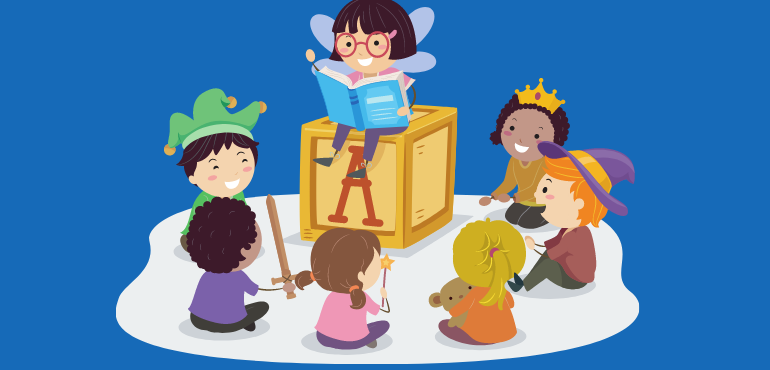
9. Storytime
Students listen to their teacher telling stories from the Punjabi School website and answer simple questions in Punjabi. They use prompts to come up with a story and participate in group work to make hand puppets and tell their own stories.
Teaching and learning resources:
- Lesson materials including videos, story prompts and stories
- Story prompt
- How to make duck puppets by pickebums.com
- Animal face masks by firstpallet.com
- Finger puppets by Scholastic and Kidspot
- Stories in Punjabi from Storyweaver and translated by Khalsa Punjabi School teachers and students
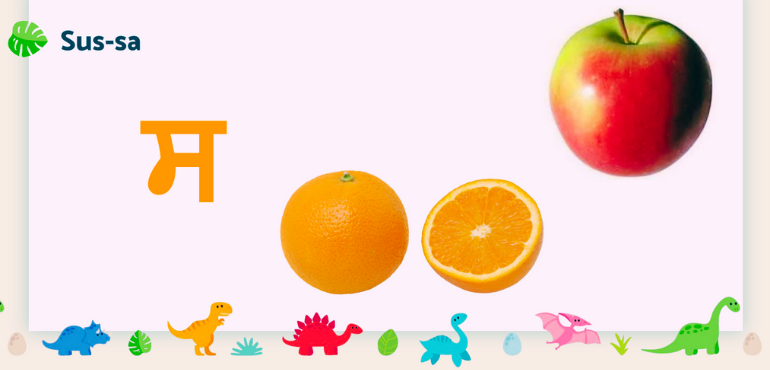
10. Whose turn is it?
Students learn Punjabi painti akhar (Gurmukhi script) using games and over a 7 week period. An option is to get the students to learn akhar over the course of the year using the lesson materals.
Teaching and learning resources:
- Lesson materials including games and videos to help learn painti akhar and learn with sounds
- Paniti akhar flashcards by paintiakhar.com
- Learn painti akhar games
